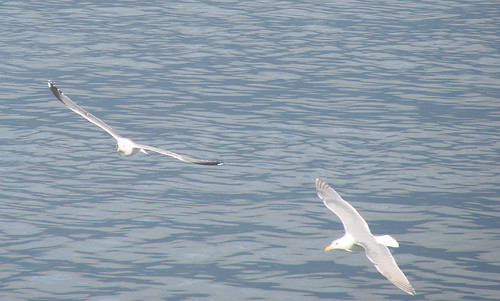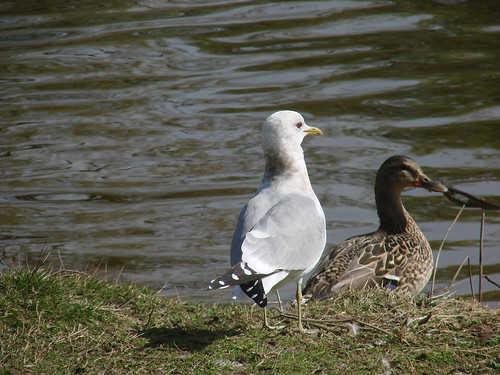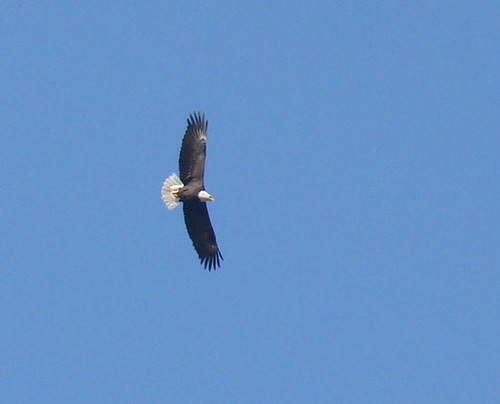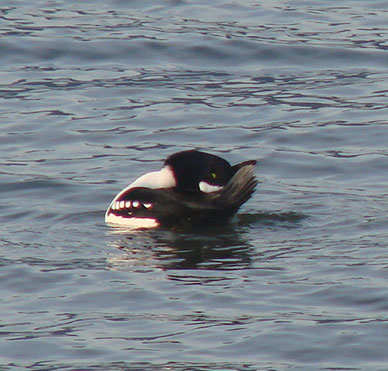Wow, it’s a long ways from Vancouver to Rome! But my flights–there were, blessedly, only two, from Vancouver to Toronto and Toronto to Rome–were no more harrowing than I suppose they had to be, and we landed at Fiumicino on time–and in rain. It had let up by the time I got to the waiting area for the hotel shuttle, which is, of course, outdoors and uncovered. So I stood there in a light mist, watching Italian Sparrows and European Starlings–and then getting absolutely dumped on for the last twenty minutes of the wait.
When the shuttle did finally leave (it was my fault for having missed the first one by five minutes; far better to have missed it by 55!), we made great time along the highway to the hotel, an enormous Holiday Inn in a business park dominated by the United Nations’ World Food Program.
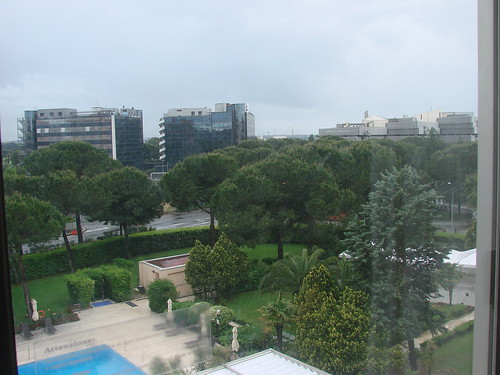
We have a nice view, and a nice room, too; sometimes Holiday Inn is just what you want after a long trip.

They even put up a sign so Marco could find me this evening when he arrives from Arezzo.
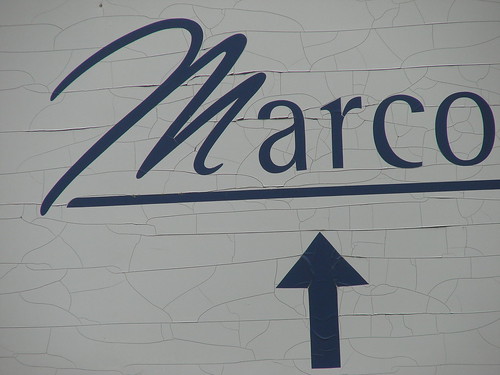
Well, maybe it isn’t just for him, but it will do.
Ever since my first summer in Europe, a quarter of a century ago, I’ve been very good about making sure that I stay up the first day, and so this morning, after washing up and rearranging my gear to be more convenient in the minibus, I set out for a walk. Not much happening around here on a Sunday, which was nice; and the birding surprised me. Even before leaving the room I’d had the usual Serins, Greenfinches, European Blackbirds, Hooded Crows, Blackcaps, Italian Sparrows, Yellow-legged Gull, and so on–common birds all, all to be found, mutatis mutandis, in any big western European city.
As soon as I stepped out the door, I heard the peeved ticking of Sardinian Warbler, and soon enough found a pair feeding in the umbrella pines; at one point the male landed nearly at my feet to pick something up he’d knocked out of the tiny male cones. The same pines had Wrens, Firecrests, Long-tailed Tits, and a Eurasian Nuthatch.
A nice start! This office park is laid out in concentric rings, with apparently only one entrance (and thus only one exit); I wandered around in it like a rat in a maze, bouncing from one dead end to another until I finally figured out that I needed to leave the same way the bus had come in. Maybe I should have got a degree in geology, or psychology, or psychogeology, whatever field teaches you how to get out of the labyrinth.
In any event, I quickly found a trashy little road running along the railroad tracks, and walked it slowly through the mist. Cetti’s Warblers and a couple of Common Nightingales were noisy in the wet ditch, where I also saw the first mammal of the trip (disappointingly, an introduced muskrat). Orchard remnants had several European Turtle Doves, and at least two European Bee-eaters were hunting on the other side of the tracks; as I watched, they were interrupted by a very snazzy Hobby, which flashed past, then flared to join the House Martins and Common Swifts for a moment before disappearing behind the hill.
Not bad for a few mid-day hours on the outskirts of Rome! I can’t wait for the tour to officially start tomorrow morning; we’re headed first to Tarquinia and then to Manciano, right in the sweet heart of Tuscany.








